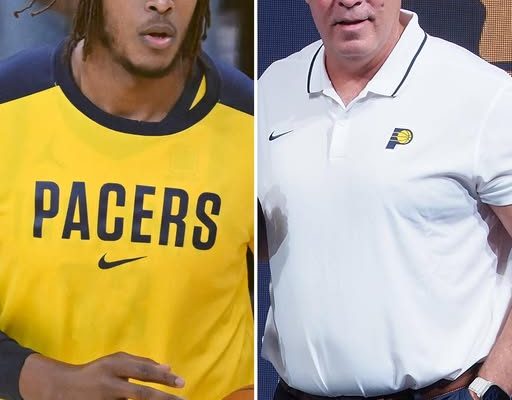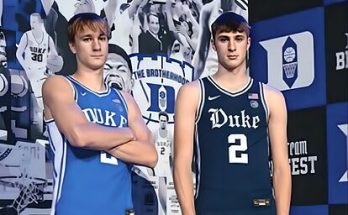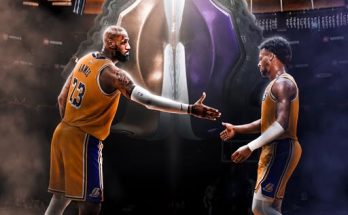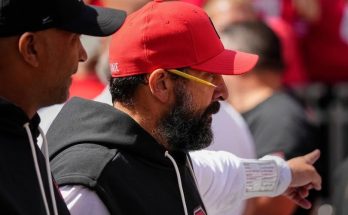The Indiana Pacers have long operated as a small-market team known for their fiscal prudence, measured roster decisions, and calculated organizational culture. Situated in one of the smallest media markets in the NBA, the franchise has built a reputation for developing talent, maintaining a competitive floor, and rarely indulging in the kind of splashy free agency signings or blockbuster trades that define some of the league’s more aggressive front offices. While this approach has at times been criticized for its conservative nature, it has also earned respect from those who recognize the delicate balance necessary to sustain success without the advantages of a glamorous location or massive revenue streams. Over the decades, Indiana has managed to remain relevant by emphasizing continuity, defense, and discipline — pillars that reflect not only the team’s ethos but also the broader identity of its fan base and region.
When the Pacers transitioned into the NBA from the ABA in 1976, they faced a new kind of challenge. The team had been dominant in the ABA, winning three championships behind stars like Mel Daniels and Roger Brown. But in the NBA, the competition was tougher, and the economics were different. The franchise spent years searching for the right formula to compete at a high level, often constrained by the lack of financial flexibility that larger market teams enjoyed. The front office understood early on that survival and eventual success would be rooted in smart drafting, player development, and an unwillingness to overextend the team’s cap space. Rather than chasing short-term glory, the Pacers have historically leaned into sustainable models.
The Reggie Miller era exemplified this principle. Drafted 11th overall in 1987, Miller wasn’t immediately embraced by fans who had hoped for hometown hero Steve Alford. But the front office believed in his potential, and their patience paid off. Miller became the face of the franchise for nearly two decades, earning a reputation as one of the most clutch shooters in NBA history. The team around him wasn’t built through flashy moves or mega-deals. Instead, Indiana methodically assembled a roster that emphasized chemistry and defensive identity — traits that culminated in multiple deep playoff runs, including a trip to the NBA Finals in 2000. Though they fell short against the Lakers, the Pacers had successfully challenged the notion that a small-market team couldn’t reach the league’s grandest stage without bending to the trends of high-stakes spending.
Ownership has also played a significant role in shaping Indiana’s identity. Herb Simon, the long-standing owner of the Pacers, has always expressed a commitment to keeping the team competitive while remaining financially solvent. This has meant prioritizing internal development over external acquisition. In contrast to franchises that routinely empty the war chest in pursuit of titles, the Pacers have been more inclined to build from within, trade prudently, and develop players who fit within the team’s culture. They have often preferred stability over chaos, trusting their infrastructure and coaching staff to get the best out of players that may have been overlooked elsewhere.
This organizational approach has yielded impressive results, especially in a league where team dynamics often shift rapidly. Indiana has experienced remarkably few tanking seasons, often choosing to reload rather than rebuild. The team’s refusal to bottom out entirely is both admirable and controversial. Some argue that without a period of deliberate losing, the Pacers will always struggle to acquire transcendent talent through the draft. Others point to their consistent presence in the playoff conversation as evidence of success on their own terms. In a league increasingly dominated by superstar movement and player empowerment, Indiana’s more conservative blueprint has made them something of an outlier.
Still, the Pacers have not been entirely immune to modern trends. They’ve adapted where necessary while still staying true to their core philosophy. The acquisition of Tyrese Haliburton, for instance, was both bold and calculated. In early 2022, the Pacers traded All-Star big man Domantas Sabonis to the Sacramento Kings in exchange for Haliburton, Buddy Hield, and Tristan Thompson. While some initially questioned Indiana’s decision to part with Sabonis — a fan favorite and elite interior presence — it quickly became apparent that the move was a masterstroke. Haliburton, a young point guard with excellent vision, leadership qualities, and a team-first mindset, represented the kind of foundational player Indiana could build around for years.
What made the Haliburton trade emblematic of Indiana’s approach was its mix of risk and reason. It wasn’t a desperate attempt to chase a headline, nor was it a passive move made solely for financial relief. It reflected a genuine desire to reposition the franchise around a player who fit both the present need and long-term vision. Under Rick Carlisle, a coach who values structure and discipline, Haliburton has flourished, becoming not just a statistical leader but also a cultural tone-setter. The franchise has begun to pivot toward a more up-tempo style while still retaining its traditional focus on efficiency, ball movement, and defensive integrity.
Indiana’s drafting record has also mirrored their philosophy. Over the years, the Pacers have found gems without always picking at the top of the draft. Paul George, selected 10th overall in 2010, evolved into a two-way star and helped lead the team to multiple Eastern Conference Finals appearances. Myles Turner, picked 11th in 2015, has provided consistent rim protection and floor spacing — rare traits in a modern big man. Even more recently, the team’s selection of Bennedict Mathurin and Jarace Walker signal a continued belief in drafting players with high character and versatile skillsets. Rather than reaching for headlines or potential alone, the Pacers tend to emphasize fit, work ethic, and long-term viability.
The franchise has also cultivated a unique relationship with its fan base. In a state known for its basketball passion, the Pacers occupy a special place. Unlike major-market teams whose identity is often shaped by celebrity culture and external branding, Indiana’s connection with its supporters is deeply local. The team is expected to reflect the values of hard work, humility, and discipline — and by and large, it has. While national media may occasionally overlook the Pacers in favor of more glamorous teams, the organization has rarely allowed that to affect its internal mission. Players often speak of the family atmosphere within the team, a dynamic made possible by the franchise’s stability at the ownership and front-office levels.
Yet the challenges facing small-market teams like Indiana remain real and ever-evolving. The financial disparity between franchises continues to grow, as does the influence of player agency and big-market gravity. Retaining top-tier talent is more difficult than ever. Despite these hurdles, the Pacers have consistently found ways to adapt. Their investment in state-of-the-art facilities, a revitalized fan experience, and digital engagement shows a commitment to evolving with the times without sacrificing their fundamental identity.



